Introduction to Pipeline Coupon Corrosion
Pipeline integrity is fundamental to the safety, efficiency, and durability of vital infrastructure used in the transport of fluids like oil, gas, and water. Regular monitoring is crucial, as it helps prevent leaks, ruptures, and environmental damages that can arise from pipeline failures. One effective method for assessing the health of pipelines involves the use of corrosion coupons. These small, standardized samples of pipeline material are inserted into the flow of a pipeline to measure the rate of corrosion. By analyzing the degradation of these coupons over time, engineers can gain valuable insights into the corrosive processes affecting the pipeline and implement timely preventative measures. This proactive approach is vital to maintaining the operational integrity of pipeline systems.
Understanding Pipeline کوپن Corrosion
Corrosion is the natural deterioration of a metal as it reacts with its environment. This process often leads to the weakening of pipelines, which can cause significant operational issues. Corrosion occurs when metal surfaces interact with moisture, chemicals, or other environmental factors, initiating electrochemical reactions that degrade the material.
Galvanic Corrosion
Several types of corrosion can affect pipelines, each presenting unique challenges. First, galvanic corrosion happens when two dissimilar metals come into contact in the presence of an electrolyte, causing one metal to corrode faster than the other. This type is common in pipelines with mixed-metal components.
Pitting Corrosion
Next, pitting corrosion targets specific spots on metal surfaces, creating small, deep pits. These pits can severely weaken the pipeline by focusing corrosion in small areas, making them particularly dangerous. Pitting is often hard to detect and can lead to sudden failures.
Crevice Corrosion
Crevice corrosion, similarly, occurs in confined spaces where stagnant solutions gather. This type of corrosion can initiate in gaskets, joints, or overlaps, where fluids can become trapped and create localized corrosive environments.
Why Pipeline Corrosion is a Critical Concern
The critical concern about pipeline corrosion lies in its potential to cause catastrophic failures. Corroded pipelines are more likely to leak or burst, risking environmental contamination and posing safety hazards. Additionally, the financial impact of repairing or replacing damaged pipelines is substantial, not to mention the potential for regulatory fines and loss of public trust.
Thus, understanding and managing corrosion is essential for maintaining pipeline integrity, ensuring safety, and minimizing economic losses. Each type of corrosion requires specific strategies for prevention and control, making regular monitoring and maintenance crucial for pipeline operators.
The Role of Coupons in Pipeline Maintenance
- What are Corrosion Coupons?
Corrosion coupons are small, standardized samples of pipeline material deliberately exposed to the internal environment of a pipeline. Operators use these tools to measure the rate and type of corrosion affecting a pipeline system. By analyzing the deterioration of these coupons, engineers can assess the corrosive conditions within the pipeline.
- How Corrosion Coupons Work
The operation of corrosion coupons is straightforward yet effective. Technicians install these metal strips in areas likely to experience corrosion. Over time, the coupons accumulate damage from the corrosive processes occurring in the pipeline. After a set period, operators remove and analyze them to measure the loss of material mass.
- Benefits of Using Corrosion Coupons for Pipeline Monitoring
The benefits of using corrosion coupons for pipeline monitoring are significant. Firstly, they provide direct, quantifiable data on the type and rate of corrosion. This information helps in making informed decisions about maintenance and prevention strategies. Moreover, corrosion coupons are cost-effective. They offer a simple and economical means of diagnosing corrosion without the need for more sophisticated equipment.
Additionally, the use of corrosion coupons allows for proactive pipeline management. By detecting potential problems early, operators can implement corrective actions before significant damage occurs. This proactive approach not only enhances safety but also extends the life of pipeline assets.
Furthermore, corrosion coupons contribute to regulatory compliance. They help ensure that pipelines operate within the safety standards required by governing bodies. Regular monitoring with corrosion coupons demonstrates a commitment to maintaining the integrity and safety of the pipeline network.
In summary, corrosion coupons are invaluable tools in the arsenal of pipeline maintenance. They provide essential data that helps maintain pipeline integrity, ensure safety, and manage costs effectively. Regular use of corrosion coupons is a best practice in the industry, pivotal for the long-term sustainability of pipeline operations.
Monitoring and Analysis
Monitoring and analyzing corrosion coupons is a critical aspect of pipeline maintenance. Operators extract these coupons from pipelines at predetermined intervals for evaluation. The frequency of these inspections varies depending on the pipeline’s operating conditions and past corrosion data.
Typically, inspections occur semi-annually or annually. However, in more aggressive environments, more frequent checks might be necessary. This regular schedule ensures the timely detection of any changes in corrosion rates.
نتیجه
Corrosion monitoring is vital for maintaining pipeline integrity and ensuring operational safety. It directly impacts a pipeline’s lifespan and efficiency, making it crucial for operators to prioritize. By understanding and addressing corrosion, companies avoid catastrophic failures and environmental disasters.
Proactive pipeline maintenance is not just a safety measure; it’s an economic necessity. Implementing a robust corrosion monitoring program, including the use of corrosion coupons, can significantly reduce repair and replacement costs. This approach also helps in complying with stringent industry regulations, ensuring companies meet safety standards and avoid penalties.
Furthermore, regular monitoring fosters a culture of prevention rather than reaction. It allows for timely interventions that can extend the life of pipeline assets substantially. This proactive strategy not only saves money in the long term but also enhances the reliability of the pipeline network.


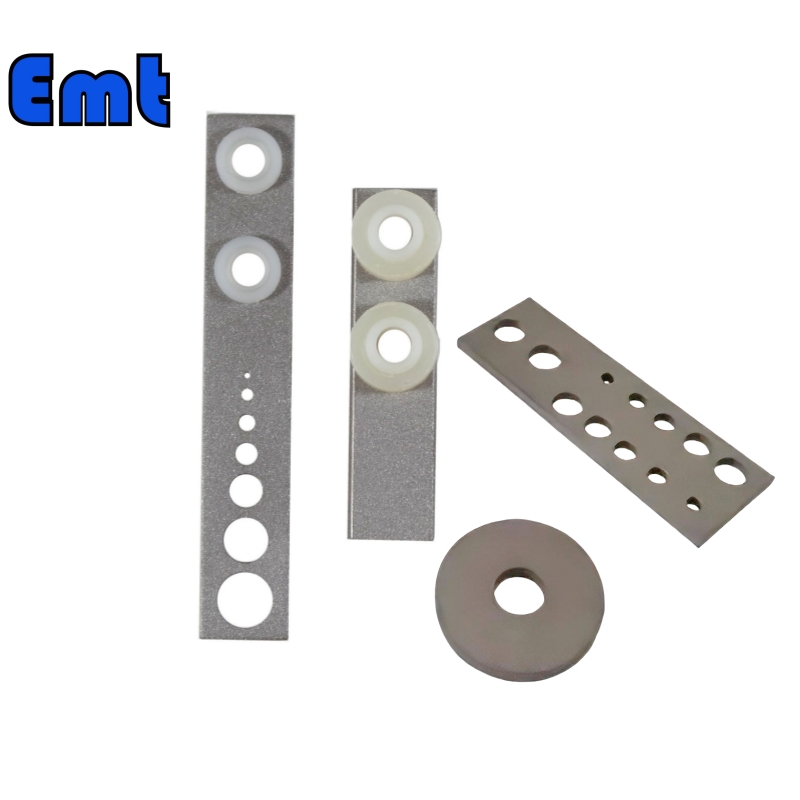
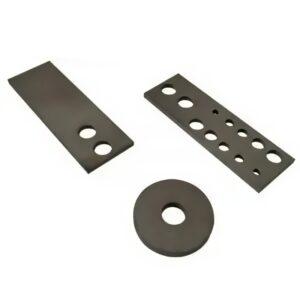
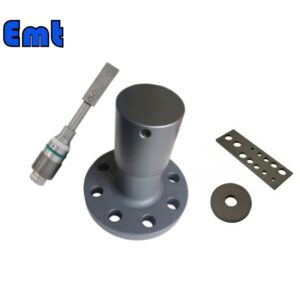

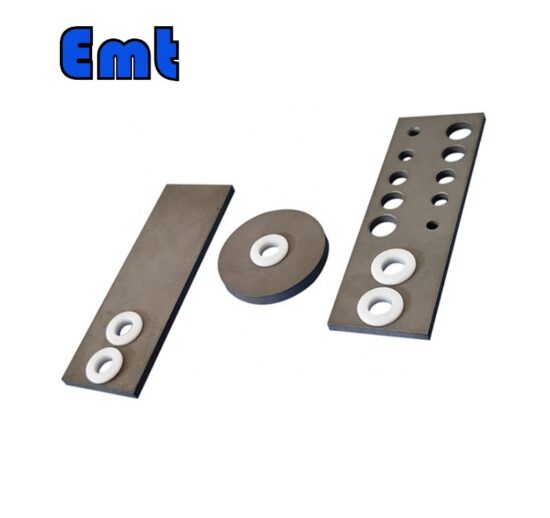
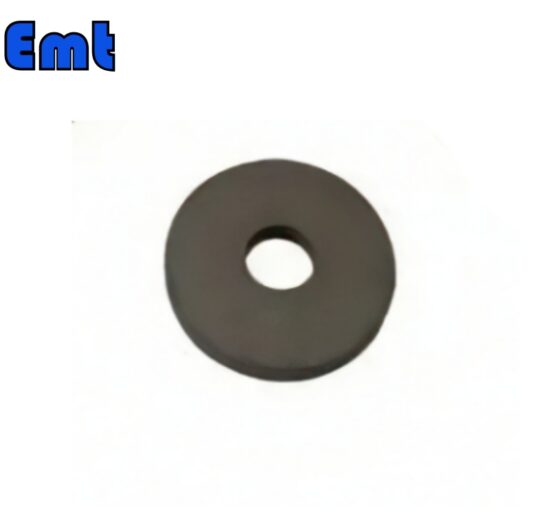
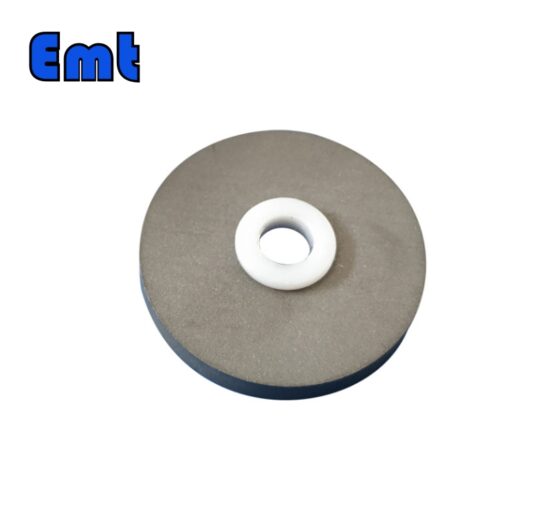
هنوز هیچ بررسی وجود ندارد.